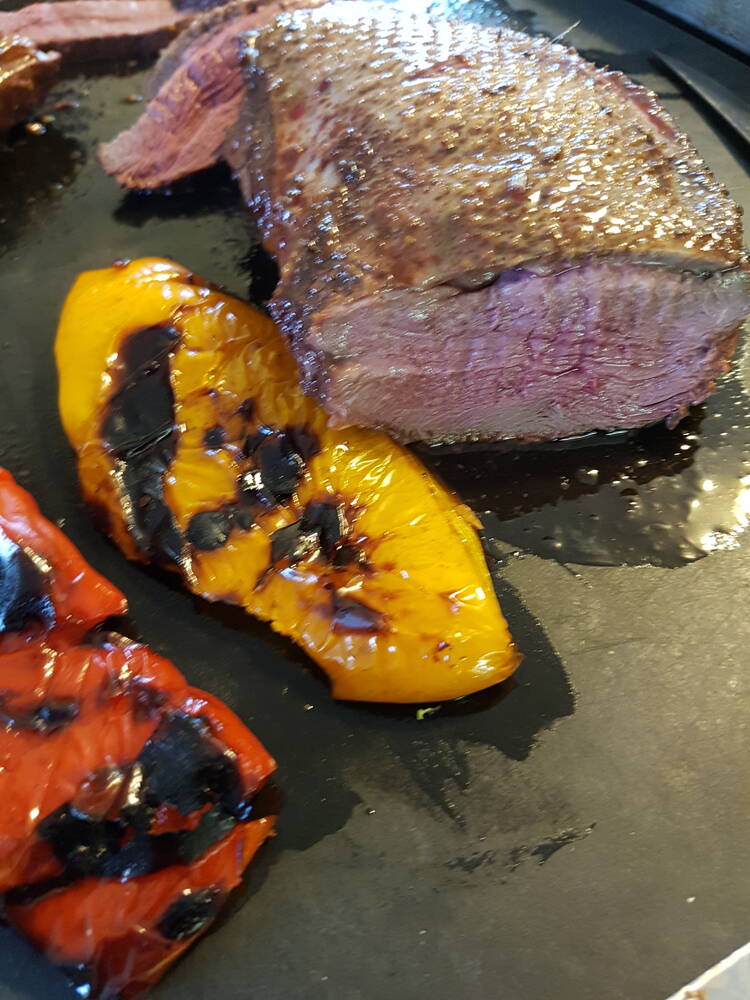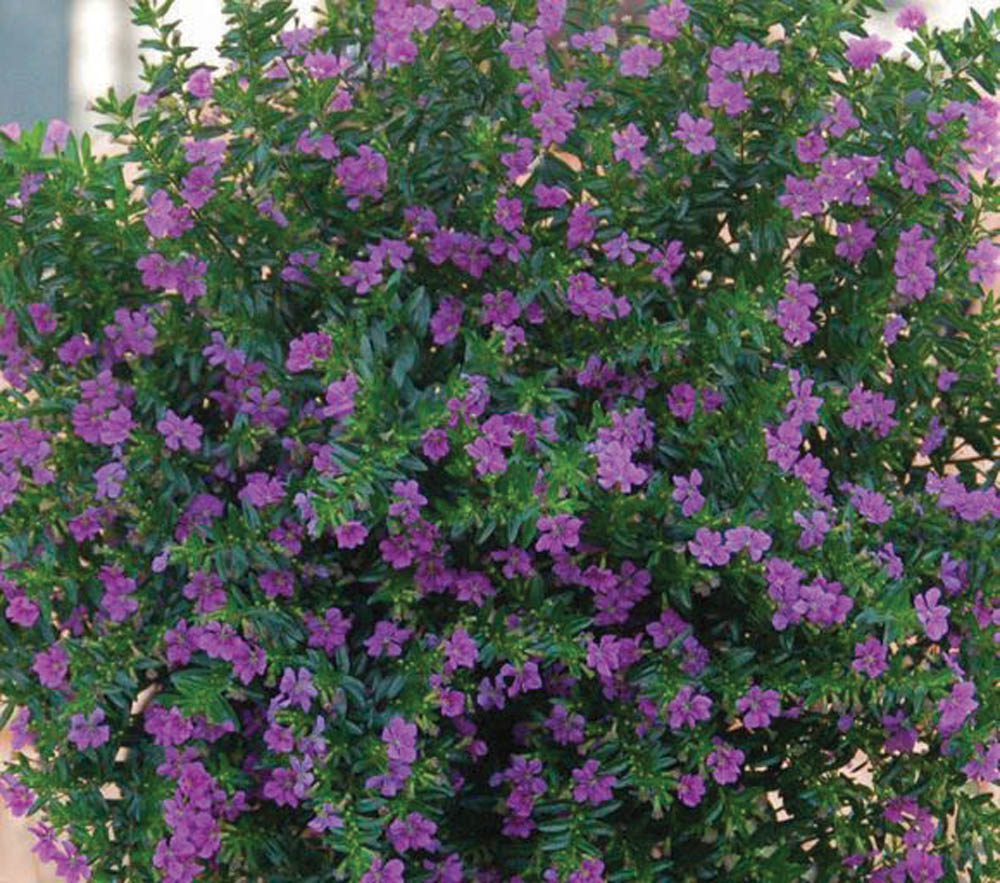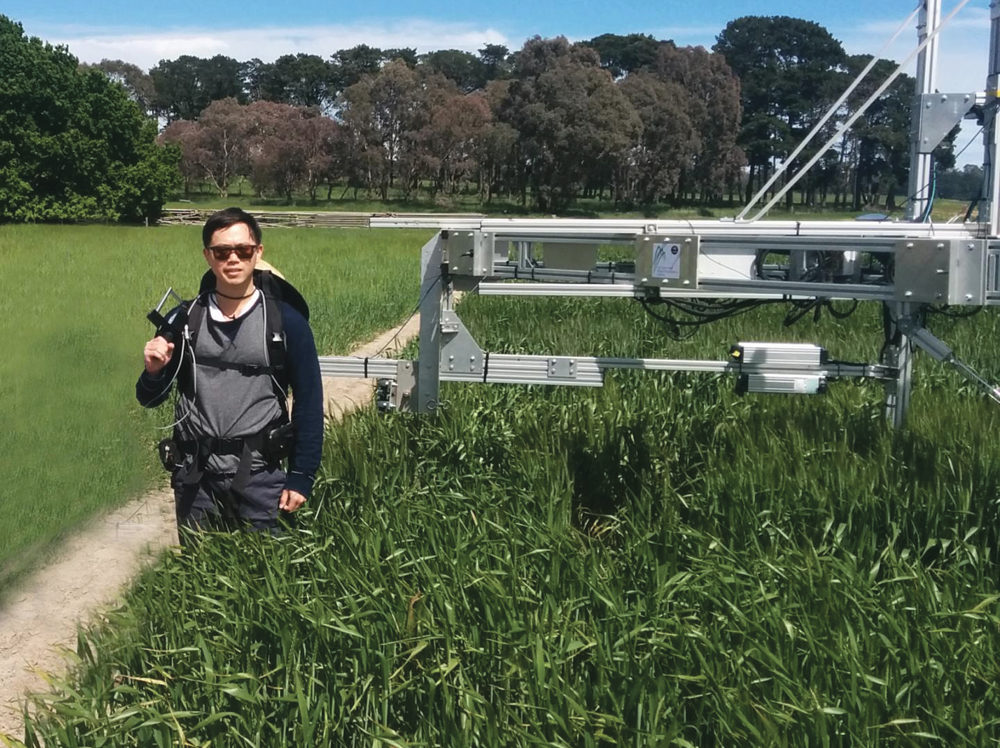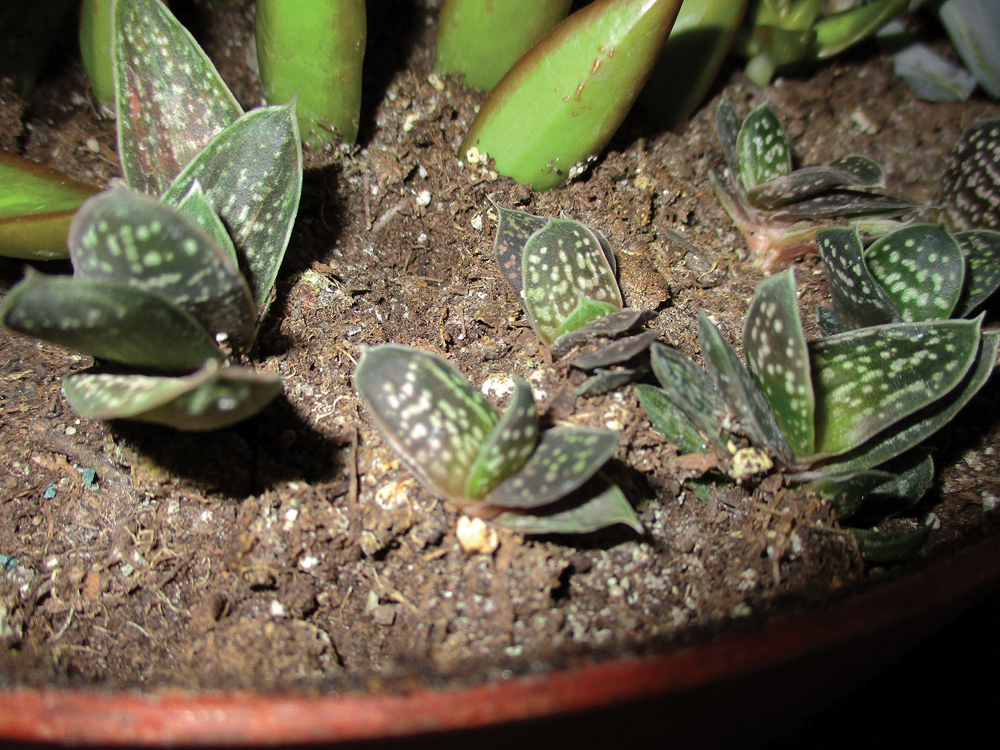During the dark days of winter we gardeners like to fill our indoor environments with the beauty of live plants. Even if you don’t have a light garden or a sunny window sill, a number of resilient plants can be grown successfully even in quite low-light environments, some of these being members of the philodendron plant family. Philodendrons are vigorous plants native to the tropical areas of the Americas and the West Indies.
They normally have rich green leaves although some newer cultivars have coppery-red undertones to the leaves – especially on new leaves. A few varieties also have red veining in their green leaves while others have leaves that are red on the undersides or have a bit of white marbling on their surfaces. Philodendrons are foliage plants and although they do produce spathes, similar to those of the peace lily, they are mainly grown for their attractive foliage. The leaves come in a wide range of shapes and sizes and can be heart shaped, oblong, lance shaped, or even deeply lobed.
Read Also

Giant Canada geese have gone wild in Manitoba
Giant Canada geese are seemingly everywhere and can be fine table fare for local hunters, but 70 years ago, they were borderline extinct.
Besides having a great variety of leaf shapes, philodendrons produce leaves that vary greatly in size. Smaller varieties produce leaves that are only 15 centimetres in width while other, larger varieties sport leaves that are over a metre across. There are hundreds of varieties of philodendrons, many of them hybrids which have been developed for the potted plant trade. One giant type with huge oval, deeply serrated leaves is often referred to as the “cut-leaf” philodendron for obvious reasons, as the leaves do indeed look like they have been sliced into sections.
Split-leaf philodendrons require a lot of space and are often found in large public buildings or office environments where there is space to accommodate them. Some home gardeners acquire a split-leaf philodendron to fill a dark corner of a home but eventually the plant will outgrow its quarters unless the home is an unusually large one. Smaller philodendron varieties are available which take up much less space and many of them are climbing plants, best displayed either as trailing plants or climbing up a support such as a piece of rough bark or a sphagnum moss-covered stake.
Several varieties of so-called “heart-leaf” philodendrons are vines which can be displayed in this manner and are attractive foliage plants. Their leaves, which are the trademark heart shape, vary in size depending on the variety and many of them have leaves which are red on the undersides.
Philodendrons are happy in ordinary room temperatures, tolerate low light, and are not prone to disease or insect problems. All philodendrons should be planted in a very porous soil mix which has some sand added to it, and the planting medium should be kept evenly moist although they are very forgiving and the plants don’t seem to suffer serious consequences if they are accidentally allowed to get too dry. They like good drainage, benefit from their foliage being kept clean, and prefer to be a bit root bound, so smaller pots are recommended.
Philodendrons are easily propagated by cuttings either planted in a soil-less mix or cuttings can be rooted in water. If you are wondering what plants to invite into your indoor winter space, particularly if it suffers from low light levels, you might consider a member or two of the philodendron family. These wonderful, easy-care foliage plants have been beautifying indoor landscapes for years.
– Albert Parsons writes from Minnedosa, Manitoba


















